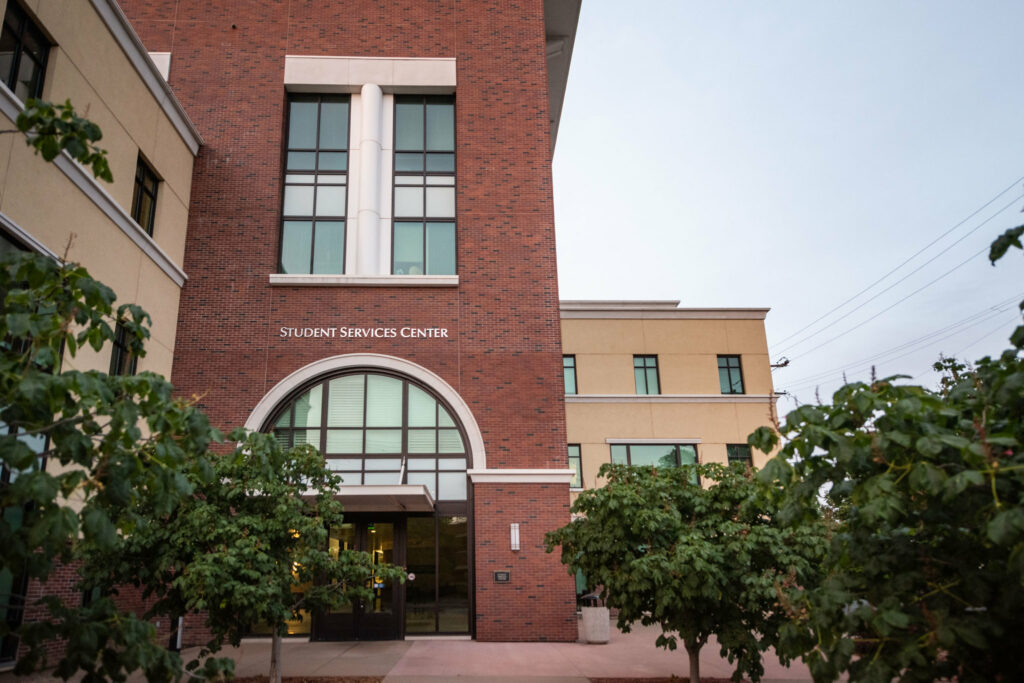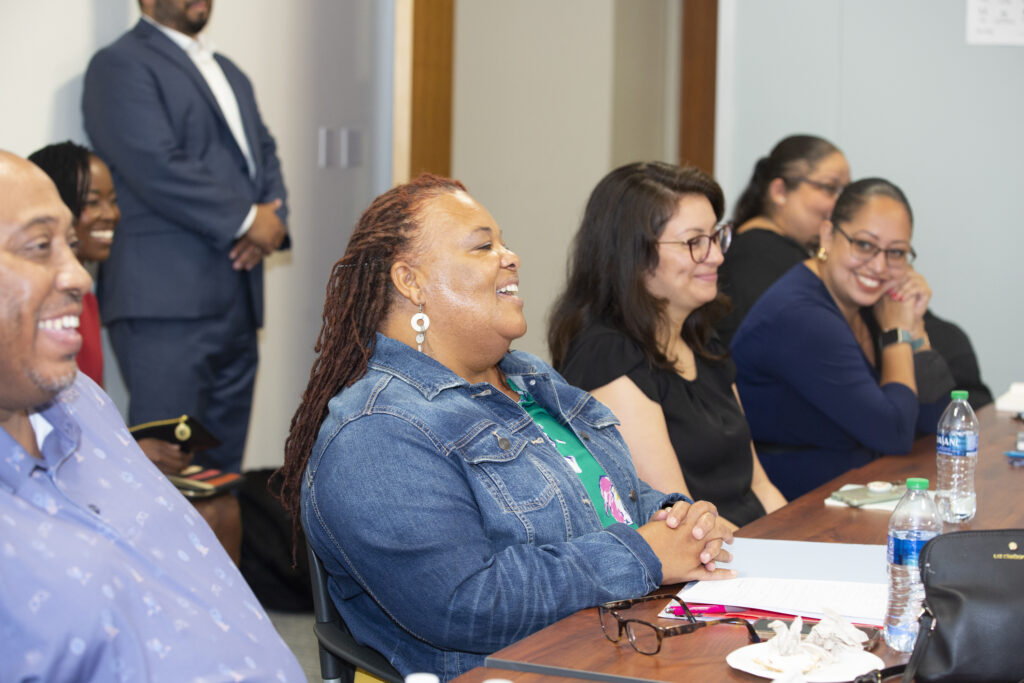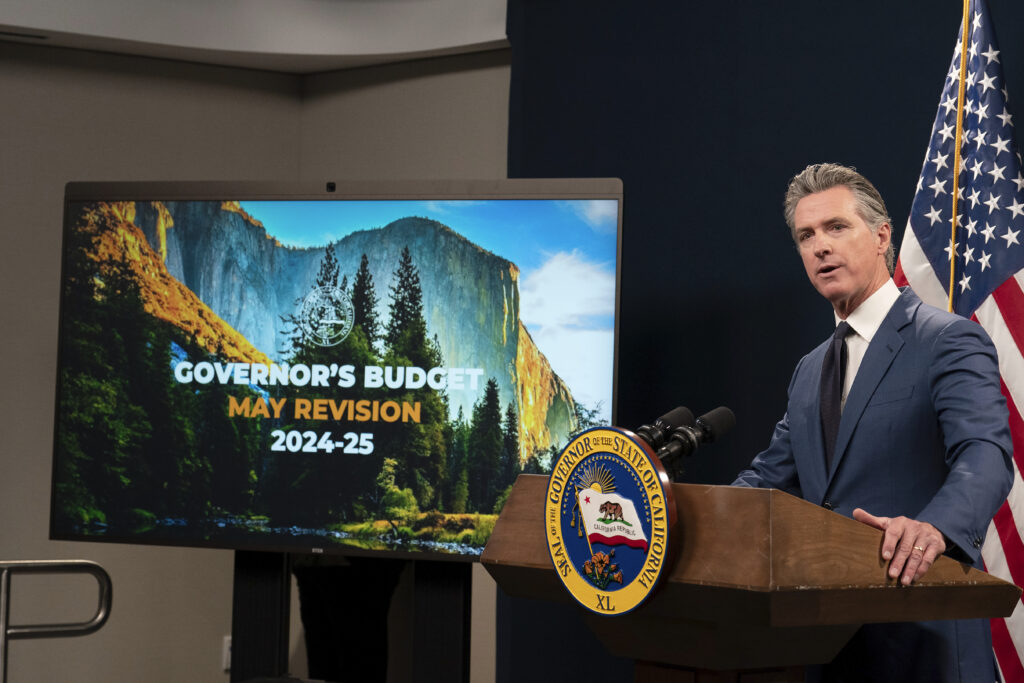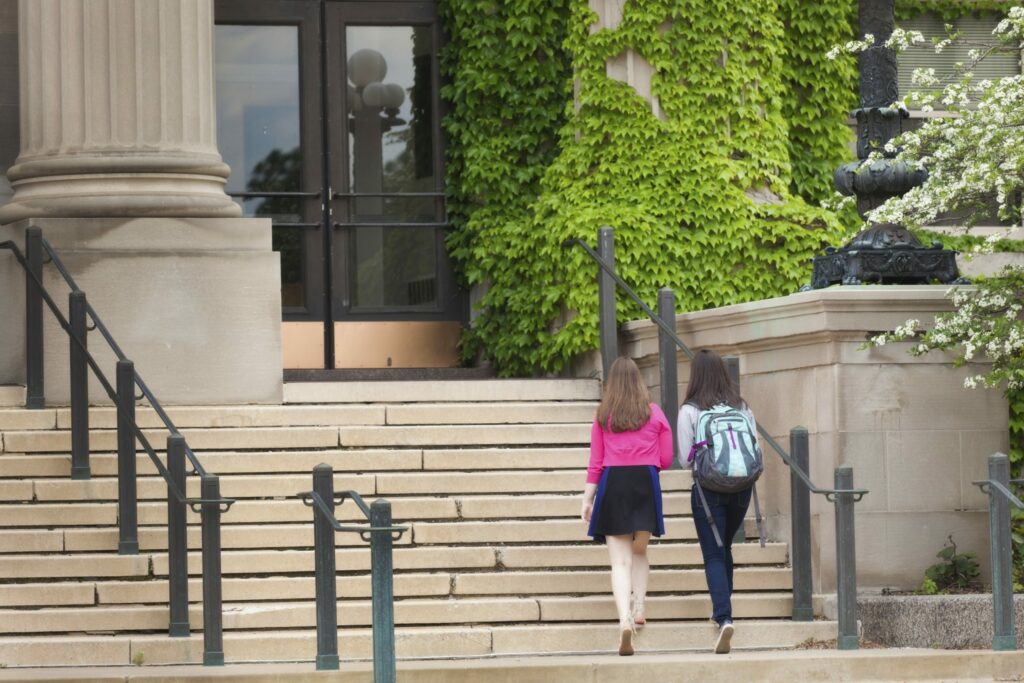Heather Cox Richardson demonstrates the negative effects of Elon Musk’s DOGS, which protected his interests and saved little, if any, money. With Trump’s “big, beautiful” tax plan, the deficit will increase by $4-5 trillion, so Musk’s chainsaw contributed nothing but demoralization and destruction of the federal workforce. She also summarizes the multiple ways in which Trump is sabotaging the rule of law. She includes footnotes, as usual. Subscribe to her blog to see them.
She writes:
In July 2024, according to an article published today by Kirsten Grind and Megan Twohey in the New York Times, billionaire Elon Musk texted privately about his concerns that government investigations into his businesses would “take me down.” “I can’t be president,” he wrote, “but I can help Trump defeat Biden and I will.”
After appearing on stage with Trump on October 5, Musk texted a person close to him: “I’m feeling more optimistic after tonight. Tomorrow we unleash the anomaly in the matrix.” About an hour later, he added: “This is not something on the chessboard, so they will be quite surprised. “‘Lasers’ from space.”
Musk invested about $290 million in the 2024 election and, when Trump took office, became a fixture in the White House, heading the “Department of Government Efficiency.” It set out to kill government programs by withholding congressionally approved funds, a practice that courts have ruled unconstitutional and Congress expressly prohibited with the 1974 Impoundment Control Act.
Musk vowed that his “Department of Government Efficiency” would cut $2 trillion from the U.S. budget, but he quickly backed off on those numbers. In the end, DOGE claimed savings of $175 billion, but that claim is unverifiable and CNN’s Casey Tolan says it’s probably wrong: less than half of it is backed up with any documentation.
Instead, as CNN’s Zachary B. Wolf reported today, since DOGE cut staffing at the enforcement wing of the Internal Revenue Service, for example, and cut employees at national parks, which also generate revenue, its cuts may well end up costing money. Max Stier, who heads the Partnership for Public Service, suggests DOGE cuts could cost U.S. taxpayers $135 billion because agencies will need to train and hire replacements for the workers DOGE fired. Stier called DOGE’s actions “arson of a public asset.”
Grind and Twohey reported that Musk’s drug consumption during the campaign—they could not speak to his habits in the White House, although he appeared high today at a White House press conference—was “more intense than previously known.” He was a chronic user of ketamine, took Ecstasy and psychedelic mushrooms, and traveled with a box that held about 20 pills for daily use. Those in frequent contact with him worried about his frequent drug use, erratic behavior, and mood swings. As a government contractor, Musk should receive random drug tests, but Grind and Twohey say he received advance warning of those tests.
It was never clear that Musk’s role at DOGE was legal, and the White House has tried to maintain that he was only an advisor, despite Trump’s February 19 statement, “I signed an order creating [DOGE] and put a man named Elon Musk in charge.” On Tuesday, U.S. District Judge Tanya Chutkan ruled that 14 states can proceed with their lawsuit against billionaire Elon Musk and the “Department of Government Efficiency,” saying the states had adequately supported their argument that “Musk and DOGE’s conduct is ‘unauthorized by any law.’”
Trump posted today on social media: “This will be his last day, but not really, because he will, always, be with us, helping all the way. Elon is terrific!” In a press conference today, Trump reiterated that Musk “is not really leaving.”
Musk’s time at the helm of DOGE might not have saved taxpayer money, but it has changed the world in other ways. Musk has used his time in the government to end investigations into his companies, score government contracts, and get the government to press countries to accept his Starlink communications network as a condition of tariff negotiations. According to John Hyatt of Forbes, Musk’s association with Trump has made him an estimated $170 billion richer.
The implications of DOGE’s actions for Americans are huge. DOGE operatives are now embedded in the U.S. government, where they are mining Americans’ data to create a master database that can sort and find individuals. Former Ohio Democratic Party chair David Pepper called it “a full-scale redirection of the government’s digital nervous system into the hands of an unelected billionaire.”
Today, Sheera Frenkel and Aaron Krolik of the New York Times reported that Musk put billionaire Peter Thiel’s Palantir data analysis firm into place across the government, where it launched its product Foundry to organize, analyze, and merge data. Thiel provided the money behind Vice President J.D. Vance’s political career. Wired and CNN had previously reported how the administration was using this merged data to target undocumented immigrants, and now employees are detailing their concerns with how the administration could use their newly merged information against Americans more generally.
Internationally, Musk’s destruction of the United States Agency for International Development, slashing about 80% of its grants, is killing about 103 people an hour, most of them children. The total so far is about 300,000 people, according to Boston University infectious disease mathematical modeller Dr. Brooke Nichols. Ryan Cooper of The American Prospect reported today that about 1,500 babies a day are born HIV-positive because Musk’s cuts stopped their mothers’ medication.
In the New York Times today, Michelle Goldberg recalls how Musk appeared uninterested in learning what USAID actually did—prevent starvation and provide basic healthcare—and instead called it a “radical-left political psy-op,” and reposted a smear from right-wing provocateur Milo Yiannopoulos calling USAID “the most gigantic global terror organization in history.” Goldberg also recalls Musk’s tendency to call people he disdains “NPCs,” or non-player characters, which are characters in role-playing games whose only role is to advance the storyline for the real players.
Aside from DOGE, the focus of Trump’s administration—other than his own cashing in on the presidency—has been on tariffs and immigration. Like the efforts of DOGE, those show a disdain for the law in favor of concentrating power in the executive branch.
During the campaign, Trump fantasized that constructing a high tariff wall around the U.S. would force other countries to fund the national deficit, enabling a Republican Congress to extend Trump’s 2017 tax cuts for the wealthy and corporations. In fact, domestic industries and consumers bear the costs of tariffs. Trump’s high tariffs, many of which he imposed by declaring an economic emergency and then using the 1977 International Emergency Economic Powers Act (IEEPA), created such havoc in the stock and bond markets that he backed off.
Yesterday, Sayantani Ghosh, David Gaffen, and Arpan Varghese of Reuters reported that although most of the highest tariffs have yet to go into effect, Trump’s trade war has cost companies more than $34 billion in lost sales and higher costs.
Trump has changed tariff policies at least 50 times since he took office, and traders have figured out they can buy stocks cheaply when markets plummet after a dramatic tariff announcement, and sell when Trump changes his mind. This has recently given rise to Trump’s nickname “TACO,” for “Trump Always Chickens Out.”
This moniker has apparently irritated Trump so much he has taken to social media to defend his abrupt dropping of tariffs on China, saying he did it to “save them” from “grave economic danger,” although in fact, China turned to other trading partners to cushion the blow of U.S. tariffs. Trump went on to suggest China did not live up to what he considered its part of the bargain, and he would no longer be “Mr. NICE GUY!”
On Wednesday a three-judge panel at the U.S. Court of International Trade ruled that President Donald J. Trump’s sweeping “Liberation Day” tariffs based on the IEEPA are illegal. The Constitution gives to Congress, not to the president, the power to levy tariffs. Trump launched a social media rant in which he attacked the judges, insisted that “it is only because of my successful use of Tariffs that many Trillions of Dollars have already begun pouring into the U.S.A. from other Countries,” and said that he could not wait for Congress to handle tariffs because it would take too long—in fact, most of Congress does not approve of the tariffs—and that following the Constitution “would completely destroy Presidential Power.” “The President of the United States must be allowed to protect America against those that are doing it Economic and Financial harm.”
Yesterday the U.S. Court of Appeals for the Federal Circuit paused that ruling until at least June 9, when both parties will have submitted legal arguments about whether the stay should remain in place as the government appeals the ruling that the tariffs are illegal. White House senior counsel for trade and manufacturing Peter Navarro, the key proponent of Trump’s trade war, said: “Even if we lose, we’ll do it another way.”
Today Trump said he will double the tariff on steel imports from 25% to 50%.
The other major focus of the administration has been expelling undocumented immigrants from the U.S. During the 2024 campaign, Trump whipped up support by insisting that former President Joe Biden had permitted criminals to walk into the U.S. and terrorize American citizens. Trump vowed to launch the “largest domestic deportation operation in American history” and often talked of deporting the estimated 11 million undocumented immigrants in the U.S., although his numbers have ranged as high as 21 million without explanation.
The administration has hammered on immigration to promote the idea that it is keeping Americans safe. But its first target of arresting at least 1,200 individuals a day has fallen far short. In Trump’s first 100 days, Immigration and Customs Enforcement says it arrested an average of about 660 people a day.
On Wednesday, White House deputy chief of staff Stephen Miller, who along with Secretary of Homeland Security Kristi Noem is the face of the administration’s immigration policy, told the Fox News Channel that the administration is now aiming for “a minimum of 3,000 arrests…every day.” Administration officials hope to deport a million people in Trump’s first year in office.
CNN reported yesterday that those officials are putting intense pressure on law enforcement agencies to meet that goal. This means that hundreds of FBI agents have been taken off terror threats and espionage cases involving China and Russia to be reassigned to immigration duties. Some FBI offices are offering overtime pay if agents help with “enforcement and removal operations.” Officers from other agencies, including the Bureau of Alcohol, Tobacco, Firearms, and Explosives (ATF) have also been deployed against immigrants in place of their regular duties.
Steven Monacelli of The Barbed Wire noted today that local law enforcement and state troopers have also been diverted to immigration, using a national network of cameras that read license plates. Joseph Cox and Jason Keobler of 404 Media reported yesterday that a Texas sheriff used the same system over the course of a month to look for a woman whom he said had a self-administered abortion, saying her family was worried about her safety.
Their attempt to appear effective has led to very visible arrests and renditions of undocumented migrants to prisons in third countries, especially the notorious CECOT terrorist prison in El Salvador. The administration has deliberately flouted the right of persons in the United States to due process as guaranteed by the Constitution. The administration has met court orders with delay and obfuscation, as well as by attacking judges and the rule of law.
The administration continues to insist those it has arrested are dangerous criminals who must be deported without delay, but more and more reporting says that many of those expelled from the country had no criminal convictions. Today, ProPublica reported that the Trump administration’s own data shows that officials knew that “the vast majority” of the 238 Venezuelans it sent to CECOT had not been convicted of crimes in the U.S. even as it deported them and called them “rapists,” “savages,” “monsters,” and “the worst of the worst.”
ICE has increasingly met quotas by arresting immigrants outside of immigration check-ins and courtrooms: yesterday Dina Arévalo of My San Antonio reported that ICE arrested five immigrants, including three children, outside of an immigration court after a judge had said they were no longer subject to removal proceedings. The officers used zip ties on all five individuals.
At stake is the turn of the United States away from democracy and toward the international right wing. Yesterday the U.S. State Department notified Congress that it intends to use the Bureau of Democracy, Human Rights, and Labor to promote “Democracy and Western Values.” On Tuesday a senior advisor for that bureau, Samuel Samson, who graduated from college in 2021, explained that the State Department intends to ally with the European far right to protect “Western civilization” from current democratic governments.
It also plans to turn the Bureau of Population, Refugees, and Migration, which manages the flow of people into the U.S., into an “Office of Remigration” to “actively facilitate” the “voluntary return of migrants” to other countries and “advance the president’s immigration agenda.”
“Remigration” is a term from the global far right. As Isabela Dias of Mother Jones notes, its proponents call for the “mass expulsion of non–ethnically European immigrants and their descendants, regardless of immigration status or citizenship, and an end to multiculturalism.” Of the congressional report, a person who works closely with the State Department told Marisa Kabas of The Handbasket: “All of it is pretty awful with some pieces that definitely violate existing law and treaties. But institutionalizing neo-Nazi theory as an office in the State Department is the most blatantly horrifying.”
This concept is behind not only the expulsion of undocumented immigrants, but also the purge of foreign scholars and lawful residents. The Supreme Court blessed this purge today when, during the period that litigation is underway, it allowed the administration to end immigration paroles for about 500,000 people from Cuba, Haiti, Nicaragua, and Venezuela admitted under a Biden-era program, instantly making them undocumented and subject to deportation.
The court decided the case on the shadow docket, without briefings or explanation. In a dissent joined by Justice Sonia Sotomayor, Justice Ketanji Brown Jackson wrote: “[S]omehow, the Court has now apparently determined…that it is in the public’s interest to have the lives of half a million migrants unravel all around us before the courts decide their legal claims.”
Jackson added a crucial observation. The court, she wrote, “allows the Government to do what it wants to do regardless [of the consequences], rendering constraints of law irrelevant and unleashing devastation in the process.”
—


















